Your confidence lets you glide in water fearlessly. But before facing waves higher than life, following ‘baby steps’ is mandatory. This is a beginner’s guide on how to Surf, Kayak and Wakeboard. Don’t forget to look at the ‘Tips for Beginners’ section. Also, hanging till last might sound passionless, but it will set your ground in water.
This article does not propose fancy bloopers of you riding the waves on the first go. It will take multiple trials before you find yourself upright on the equipment. Otherwise, be affixed on all kinds of faces you will register while falling and trying to get up.
Without much delay, let’s summersault into Adam’s ale.
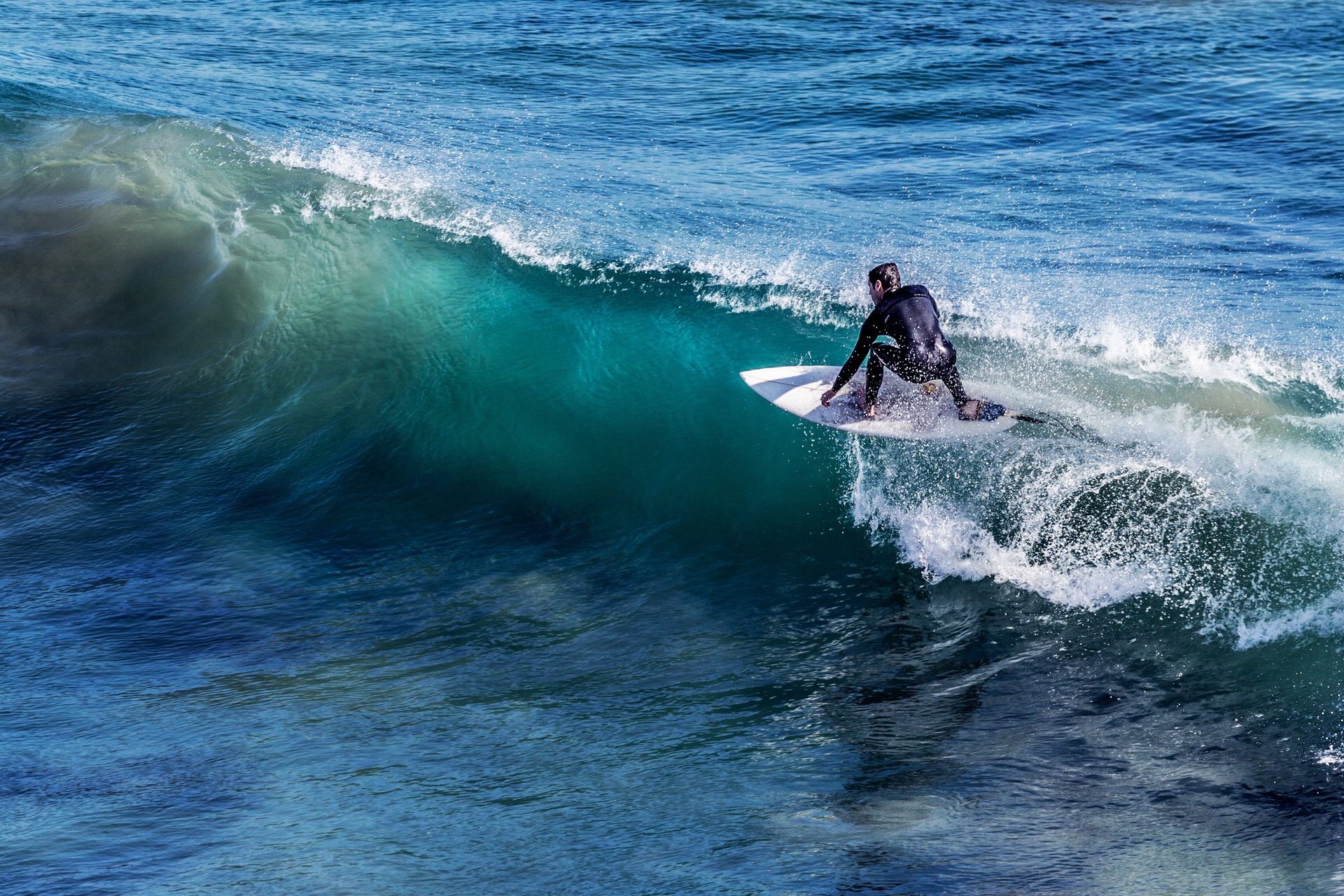
Surfing is a nexus of steps. Syncing all body parts along, hand-eye-leg coordination and multiple instances of plunging into water will make you a good surfer. It is also a complex sport since no two waves are the same, meaning you are hustling with a new challenge every time you catch a wave.
It’s a breathless experience with sun, sand and water keeping your adrenaline at its peak.

Surfing begins by getting in the middle of the water, where waves are predominantly forming. Once inside, the surfer matches the speed of the wave by paddling towards the shore. Once the wave begins to carry the surfer forward, they stand up and proceed to ride the wave. The basic idea is to remain ahead of the breaking part of the wave.

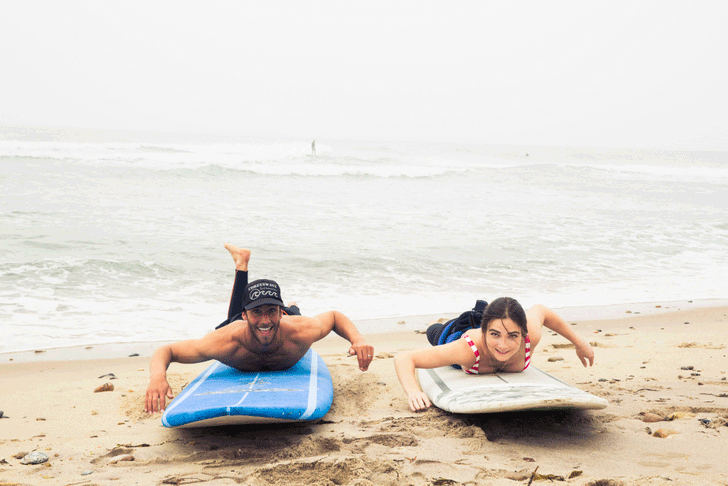
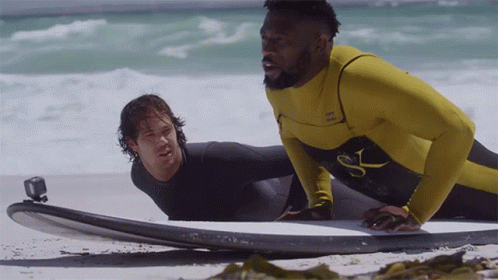


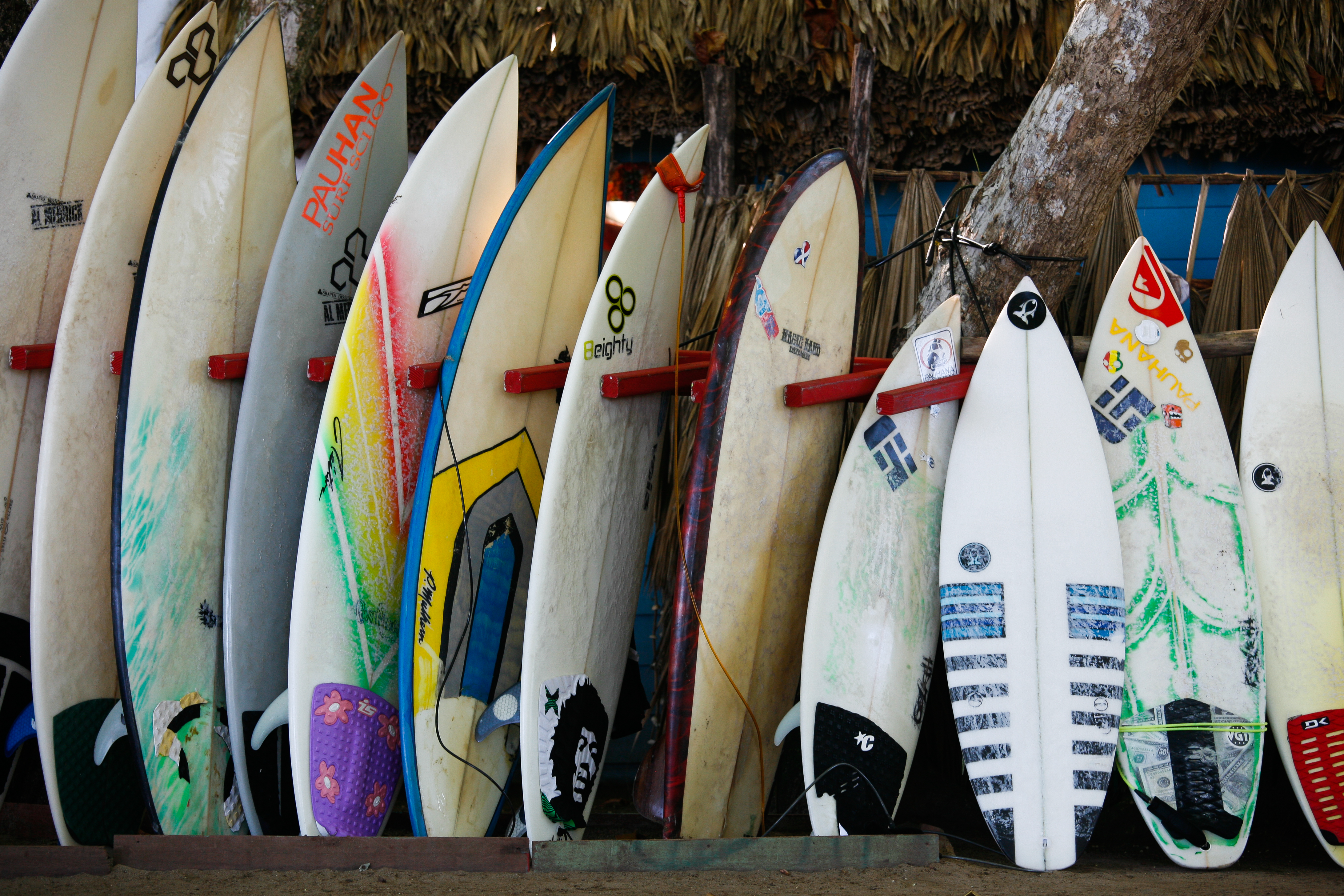
The size of the board matters according to your weight. The more weight you have, the bigger the board you will need.
Beginners must go with longboards ranging from 8 to 12 feet in length. It is easier to balance and paddle on a longboard because of more volume.
A wetsuit keeps you warm in cold water by trapping water between the body and the suit. This thin layer traps the body’s heat and ensures it does not escape.
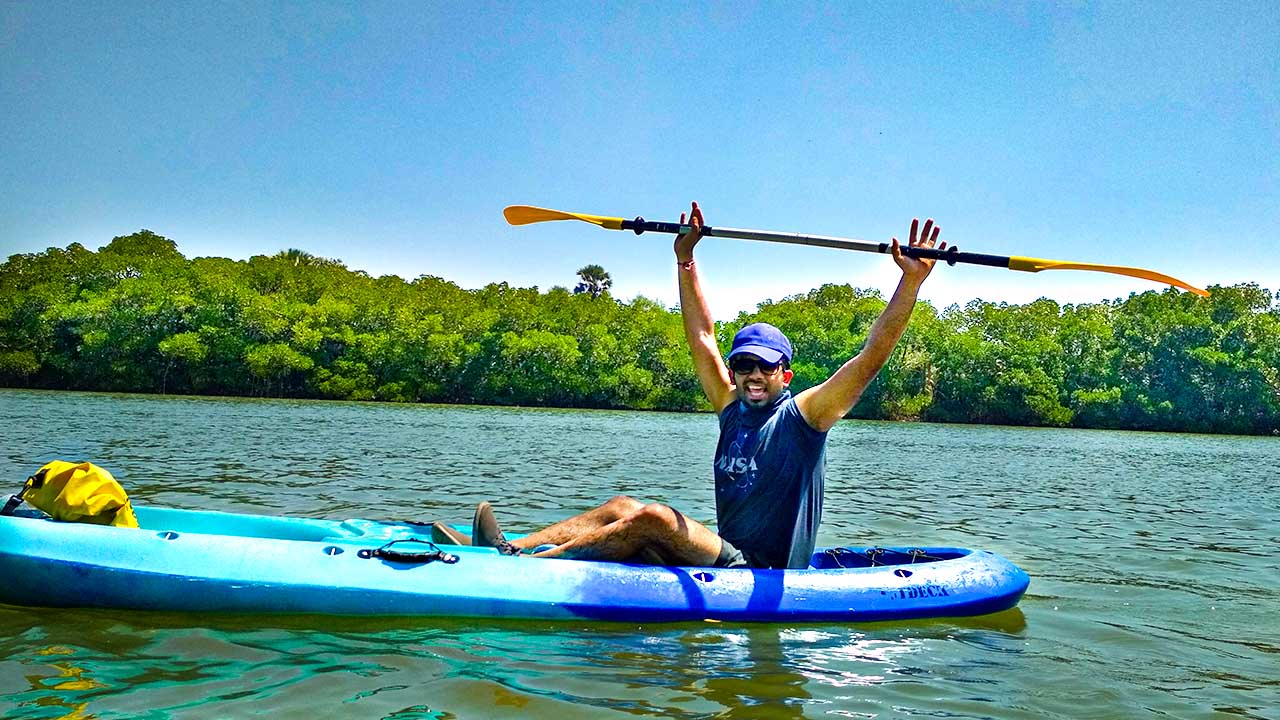
A kayak is a small, narrow watercraft that gives a sense of belongingness in water. It is close to water level and is suitable for a calming experiential takeaway.


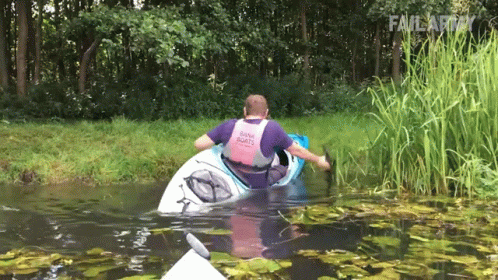
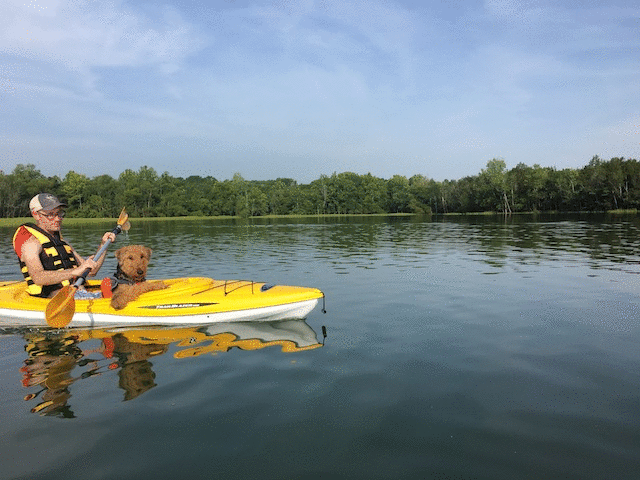
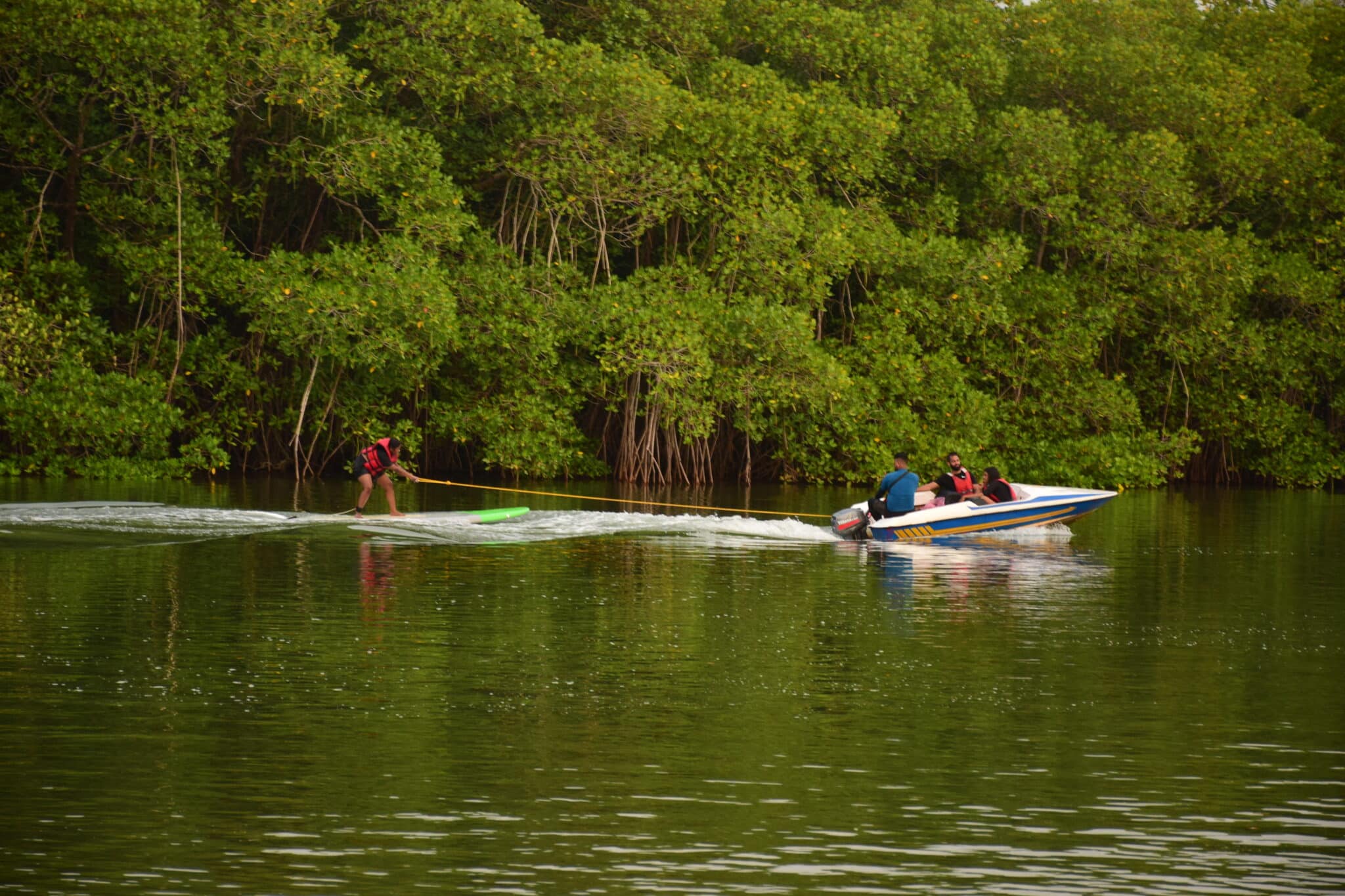
Wakeboarding is a sport that will wake you up from slumber. We like to say this: if there is anything that gives beginners the highs like surfing, it is Wakeboarding. It is fun and doesn’t take long to learn.
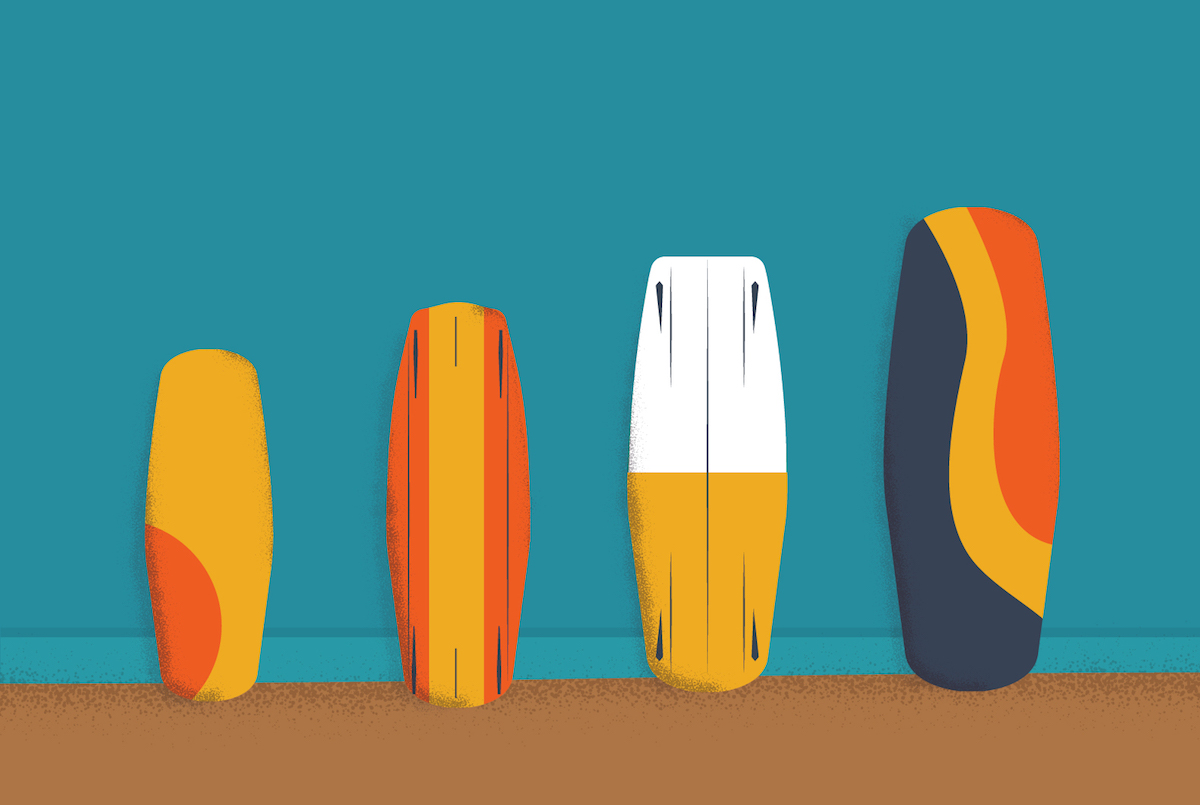

We conduct multiple watersports at different locations. Mulki is a hotspot for watersports lover. It is especifically famous for Wakeboarding, Surfing and Kayaking.
Frustrating at times, these water sports will challenge every ounce of you; however, once you win a wave, you will possibly be already addicted to catching others.
That is it from the how-to guide for Surfing, Kayaking and Wakeboarding. From here, don’t stop. If you are a newbie at swimming, learn it. If you are a swimmer, book your session. And if you have already tried these sports, tell me in the comment what your first fall was like? Did your kayak get overturned? How did you bail? Where did you first try these watersports? Anything that you would recommend to our readers?
